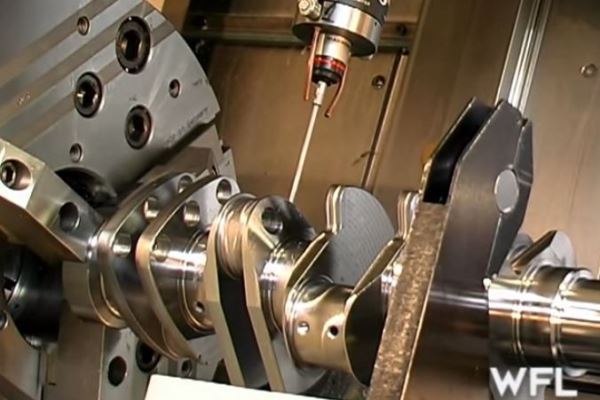Posted 21 November 2014 - 04:21
I used to run a Doosan MX-2000ST 9-axis machine. These mill-turn machines are amazing bits of kit. With essentially two parallel control systems, you could actually make two different parts in the machine at the same time. Our machine was a twin-spindle unit with a 24-station turret and 60(?, 100?) station tool chain for the milling head. It was best executed for parts that had complex relations and tight tolerances. The downside to a machine with this kind of ability is the corresponding complexity in setup and 1st-off parts. It would often take us a day to get a 100% 1st-off, but then it was just a matter of watching it spit complicated parts off with no 2nd setups, no secondary milling operations, just deburr and put on the production line. I'd like to see a cylinder head machined in one - cranks are just round things.
The machine I ran was demon-possessed for the better part of two years. It would happily churn out perfect parts and then randomly crash, destroying both the part and inevitably the much more expensive tooling. A misunderstanding with the manufacturer (no problem to remove the backup batteries on the control!) led to having to rewrite the entire ladder system, which is essentially the interface between the CNC control (Fanuc) and the machinery. That exorcised the demon and from that point on it ran like a champion. When we suffered a terminal "roof top consolidation" they were afraid to take that beast with them and it landed in a turbine blade operation in Bangor, Maine where it continues to operate to this day (afaik).


















